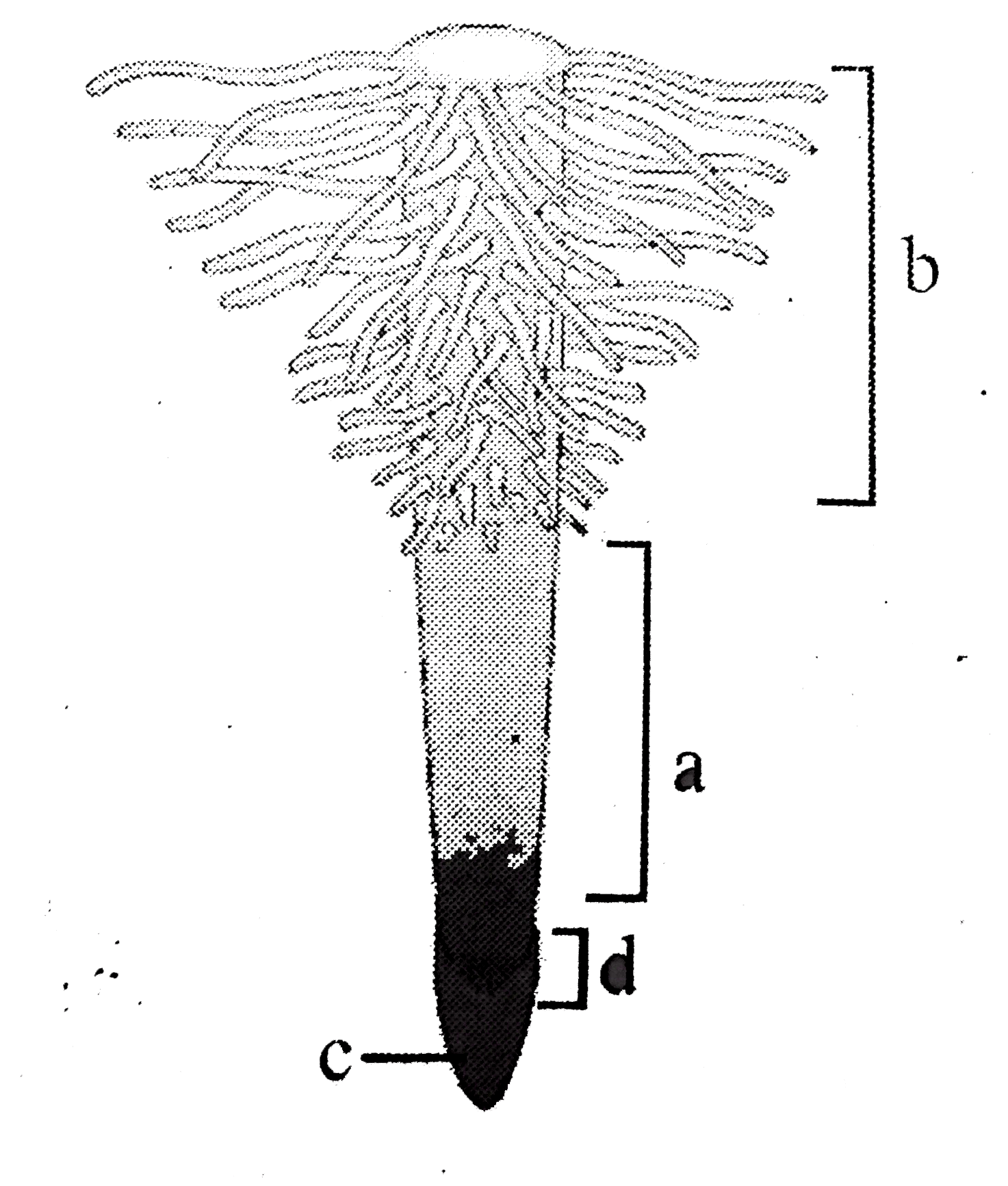Meristematic activity is seen maximum in the :
shoot
root hair
bud
leaf
The correct Answer is:A
Step-by-Step Solution:
1. Understanding Meristematic Cells: Meristematic cells are specialized plant cells that have the ability to divide continuously. These cells are crucial for plant growth as they contribute to the formation of new tissues.
2. Types of Meristematic Tissues: There are three main types of meristematic tissues based on their location:
- Apical Meristem: Located at the tips of roots and shoots, responsible for primary growth (lengthening).
- Intercalary Meristem: Found at the nodes and internodes, also contributes to lengthening.
- Lateral Meristem: Increases the diameter of the plant, primarily found in dicots.
3. Location of Maximum Meristematic Activity: The question asks where meristematic activity is seen maximum.
- The apical meristem is located at the apex of the root and shoot.
- The shoot apex is particularly important as it generally exhibits faster growth compared to the root.
4. Comparison of Growth:
- The shoot grows more rapidly than the root due to the activity of apical meristematic cells.
- This rapid growth in shoots is essential for the plant to reach sunlight and expand its leaves for photosynthesis.
5. Conclusion: Given that the shoot apex has the highest meristematic activity due to its role in promoting rapid growth, the correct answer to the question is Option A: Shoot.
---
- Apical Meristem: Located at the tips of roots and shoots, responsible for primary growth (lengthening).
- Intercalary Meristem: Found at the nodes and internodes, also contributes to lengthening.
- Lateral Meristem: Increases the diameter of the plant, primarily found in dicots.
- The apical meristem is located at the apex of the root and shoot.
- The shoot apex is particularly important as it generally exhibits faster growth compared to the root.
- The shoot grows more rapidly than the root due to the activity of apical meristematic cells.
- This rapid growth in shoots is essential for the plant to reach sunlight and expand its leaves for photosynthesis.
Topper's Solved these Questions
- BOOK - ICSECHAPTER - ANATOMY OF FLOWERING PLANTS EXERCISE - Test Your Progress (Fill in the blanks with appropriate words)28videos
ANATOMY OF FLOWERING PLANTS
- BOOK - ICSECHAPTER - ANATOMY OF FLOWERING PLANTS EXERCISE - Test Your Progress (State whether the following statements are true or false )7videos
ANATOMY OF FLOWERING PLANTS
- BOOK - ICSECHAPTER - ANATOMY OF FLOWERING PLANTS - PLANT TISSUESEXERCISE - REVIEW QUESTIONS (LONG ANSWER TYPE QUESTIONS)20videos
ANATOMY OF FLOWERING PLANTS - PLANT TISSUES
Similar Questions
Knowledge Check
- Question 1 - Select One
The process in which mature differentiated cells reverse to meristematic activity to form callus is called
ADedifferentiationBDifferentiationCCyto-differentiationDRedifferentiation
Meristematic cells are
View SolutionStratification is seen in
View SolutionViviparity is seen in
View SolutionMeristematic cells have
View SolutionRecognise the different region in the root section:-

(i) Root cap
(ii) Region of meristematic activity
(iii) Region of elongation
(iv) Region of maturationView SolutionArrange the following in correct sequence from root tip.
A) Region of maturation
B) Region of meristematic activity
C) Region of elongation
D) Root hair zoneView SolutionMeristematic tissues in plants are
View Solution

